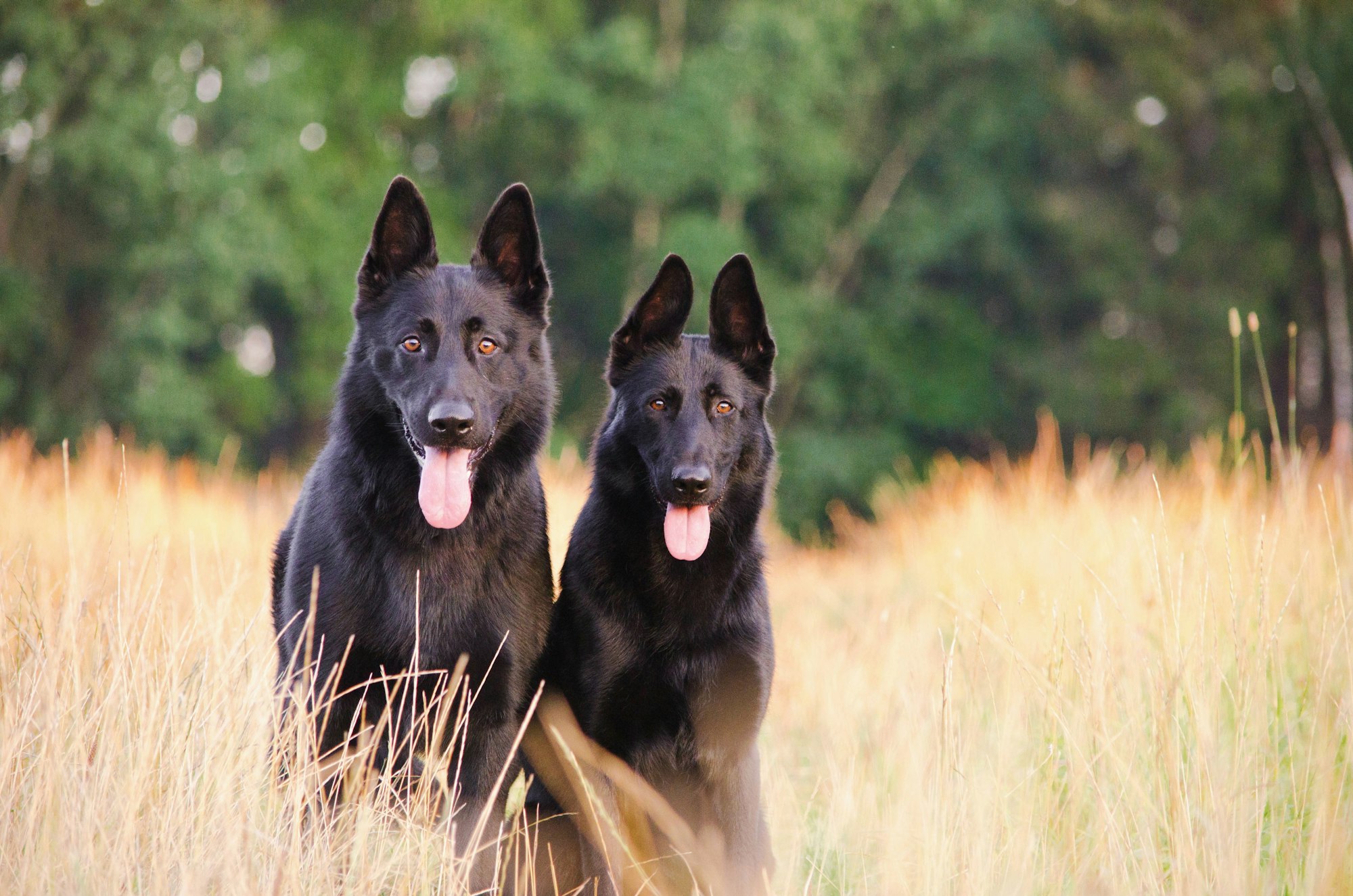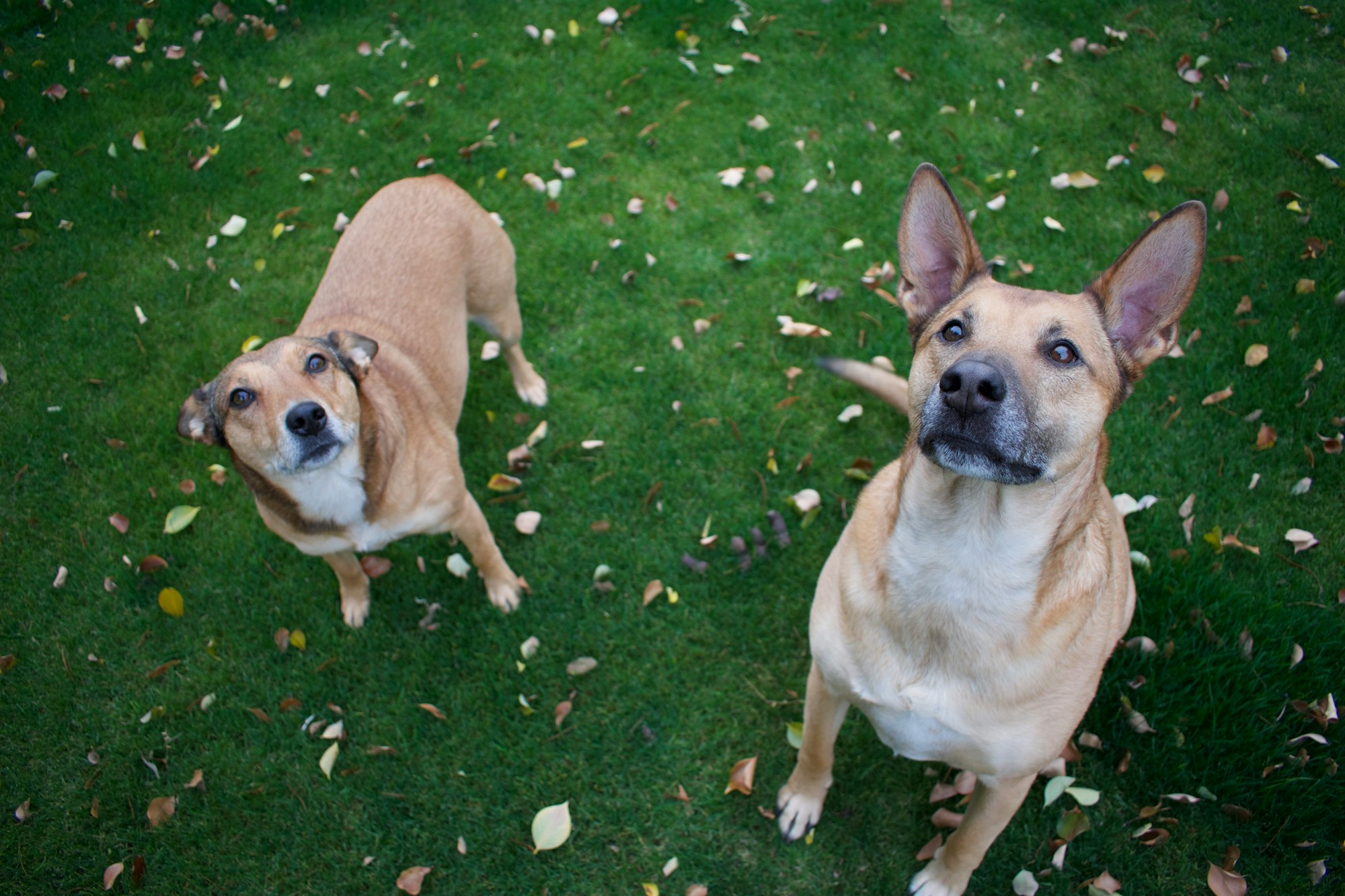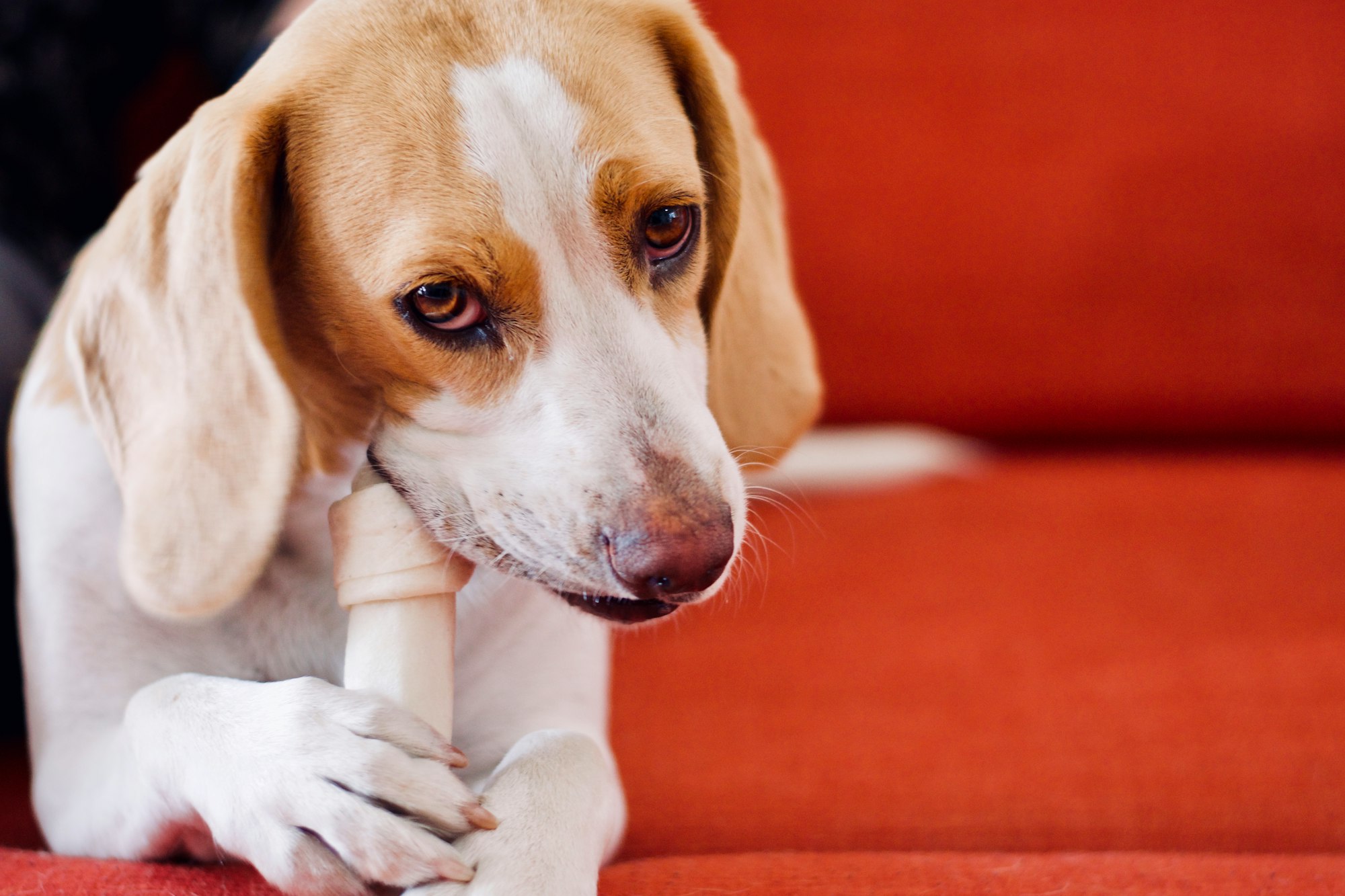Dwarfism in dogs, a condition often misunderstood by many, has roots in various genetic and endocrine causes that can affect a dog's stature, quality of life, and even lifespan.
The most common type of dwarfism, pituitary dwarfism, is caused by a deficiency in the growth hormone produced by the pituitary gland, leading to stunted growth and various deformities in affected dogs.
While any dog breed can potentially experience dwarfism, breeds like the German Shepherd and the Karelian Bear Dog are more frequently diagnosed with pituitary dwarfism in dogs. Another prevalent type of dwarfism is achondroplasia, which results in short, stout limbs due to bone growth abnormalities.
The world of veterinary science has done much to offer solutions, with veterinarians playing a pivotal role in diagnosing and offering improved quality-of-life options for any dog with dwarfism. As we delve deeper into this topic, we'll explore the various facets of the condition, from its causes to the dog breeds most prone to it.

What is the life expectancy of a dog with dwarfism?
Understanding dwarfism in dogs is essential for pet owners, especially as it can impact the life expectancy of the canine. Dwarfism is an abnormality characterized by shorter stature and sometimes bone deformity.
The primary form of dwarfism in dogs is pituitary dwarfism or juvenile-onset panhypopituitarism. This condition arises due to a deficiency in the pituitary gland's secretion of growth hormones and other substances.
Dogs with pituitary dwarfism often show signs of dwarfism early in their lives. Symptoms include a smaller size than their littermates, delayed or absent shedding of puppy fur, and possible thyroid hormone imbalances. The condition is particularly noted in breeds like German Shepherds and Saarloos Wolfdogs.
So, what is the life expectancy of a dog with dwarfism? Various factors influence this. If a dog has dwarfism due to a deficiency in thyroid hormone, treatments can help manage the condition, which might lead to a relatively normal lifespan.
However, juvenile-onset panhypopituitarism in dogs can pose other health challenges. These dogs tend to have a shorter lifespan if untreated. Recognizing the causes and symptoms of dwarfism in dogs and understanding how to treat dwarfism in dogs is crucial to ensuring they live a fulfilled life.

What happens if a dog has dwarfism?
When discussing dog dwarfism, everything you need to know revolves around the types and their implications on pet health. Dog dwarfism can be categorized into two main types: disproportionate dwarfism and pituitary dwarfism.
Dogs with achondroplasia exhibit disproportionate dwarfism, where the size of certain body parts doesn't match the size of the rest. On the other hand, pituitary dwarfism in dogs results from a lack of growth hormone, often caused by issues in the pituitary gland.
Dogs with dwarfism tend to show clinical signs of dwarfism like stunted growth. Specifically, if a dog has pituitary dwarfism, it might remain puppy-sized throughout its life. This form of dwarfism is usually an autosomal recessive trait, meaning both parent dogs need to carry the gene for their puppies to manifest the condition.
However, dwarfism is not merely a cosmetic concern. These dogs tend to develop other health conditions, including hypothyroidism in dogs. To diagnose, vets often use a CT scan to view the pituitary gland and might also test for pituitary dwarfism to confirm the deficiency in growth hormone.

For a better quality of life, a tailored treatment plan is crucial. Treatment options may vary, but the treatment of pituitary dwarfism often involves hormone replacement.
Regular check-ups and early intervention ensure these dogs have the best chance at a fulfilling life. Whether you're an owner or a vet, understanding the nuances of dogs with dwarfism ensures they receive optimal care.
How Many Types of Dwarfism in Dogs?
Dwarfism in dogs is a fascinating subject, marked by various genetic conditions. There are different types of dwarfism, each with unique characteristics. Pituitary dwarfism and achondroplasia are among the most common. While pituitary dwarfism occurs when growth hormones are deficient, achondroplasia is a skeletal disorder.
Dogs affected by pituitary dwarfism tend to have proportionate features, just smaller. Many breeds, selectively bred for dwarfism, showcase specific traits desirable to breeders. However, dwarfism in dogs can cause health issues. It's crucial to diagnose pituitary dwarfism early for proper management.
The manifestation and health impacts depend on the breed and type of dwarfism. Interestingly, dogs can also show symptoms that result from pituitary dwarfism, even if it's not genetically inherited.
Dwarfism, a condition often garners intrigue, is observed in humans and animals, specifically dogs. One of the most notable and commonly seen types of dwarfism is "Achondroplasia." The word might sound complex, but its story unfolds with clarity as we delve deeper.
Achondroplasia in Dogs:
- Most Common Version: Achondroplasia in dogs is the most frequent form of dwarfism. When picturing a "dwarf dog," it's probably an achondroplastic canine that comes to mind. These dwarf dogs are characterized by their shorter-than-average stature but are no less captivating in spirit.
- Physical Characteristics: A key feature of these dogs is their markedly short limbs, in stark contrast to the proportional size of their torso. But it's not just the limbs that stand out; other physical characteristics might include an enlarged head with a broad forehead and short snout.
- Associated Problems: Like many dogs, those with achondroplasia are susceptible to certain health challenges. Spinal issues are a concern, given their unique physique. Moreover, achondroplasia in dogs often leads to intervertebral disc disease, where the discs between the vertebrae degenerate, causing pain and potentially restricting movement.
- Achondroplasia in Humans: Like dogs, humans exhibit short stature, primarily seen in the limbs. It is the most prevalent cause of short-limbed dwarfism in our species.
Unraveling the Genetic Code:
- Root Cause: At the heart of achondroplasia is a genetic mutation. This mutation specifically affects growth factor receptors. It's akin to a miscommunication in the body's growth department, where the instructions for developing long bones get jumbled up.
- Transmission: Given its genetic origin, achondroplasia can be inherited. If either parent carries the gene, the chances of their offspring exhibiting dwarfism increase.
Deeper Dive into Dwarfism:
- Diagnosis of Dwarfism: The Merck Veterinary Manual, a revered source for veterinarians worldwide, provides guidelines for diagnosing conditions like achondroplasia. Symptoms of pituitary dwarfism, another type of dwarfism, are also elaborated, underscoring the importance of understanding their nuanced differences.
- The Pituitary Angle: Achondroplasia is different from pituitary dwarfism. The latter is linked to the pars distalis of the pituitary, a section of the pituitary gland. Pituitary dwarfism often occurs when there's a deficiency in pituitary trophic hormones, which can be due to a tumor or cyst.
Treatment and Quality of Life:
- Managing Achondroplasia: While Achondroplasia is a condition without treatment to reverse its effects, measures can be taken to improve the dog's quality of life. This might include managing any associated pain, employing physical therapy, or making environmental adjustments.
- Approach: For many dogs, timely interventions and regular veterinary care can ensure a life filled with joy and activity, even if dwarfism poses certain challenges.

Pituitary Dwarfism (Juvenile-onset Panhypopituitarism)
When one delves into canine conditions, dwarfism often becomes a concern. Dwarfism in dogs is a condition where there's an abnormal stunted growth due to various reasons.
While many are familiar with achondroplasia in dogs, a genetic bone growth disorder, another significant and more severe form is Pituitary Dwarfism or Juvenile-onset Panhypopituitarism.
1. Severity in Comparison to Achondroplasia
While achondroplasia in dogs predominantly affects the long bones' growth, leading to the characteristic appearance of dwarf dogs with shortened legs but regular-sized bodies, Pituitary Dwarfism affects multiple aspects of the dog's development. This makes it, in many ways, more serious than achondroplasia.
2. Causes of Pituitary Dwarfism
The central issue in this form of dwarfism is the failure of the pituitary gland's development, specifically the pars distalis of the pituitary. This could be due to a congenital issue, trauma, tumor, or cyst.
The Merck Veterinary Manual, a renowned source for veterinary information, lists brain tumors as one of the potential culprits that cause dwarfism of this type.
3. Hormonal Deficiencies
The pituitary gland is often dubbed the "master gland" because it secretes several hormones crucial for various body functions. Dogs with Pituitary Dwarfism lack growth hormone, leading to stunted growth.
The deficiencies don't stop there. Due to the dysfunction of the pituitary, other hormones, such as the pituitary trophic hormones, may also be deficient. These hormonal imbalances are what make the symptoms of pituitary dwarfism so diverse.

4. Effects on the Dog's Physiology and Development
Dogs affected by this condition exhibit stunted growth and don't achieve the size expected for their breed.
Skeletal maturity is also affected, with these dogs often having bones resembling those of much younger puppies. Many dogs experience hair loss and may even have issues with dentition, with some adult dogs retaining their puppy teeth.
5. Other Accompanying Hormonal Deficiencies
It's not unusual for dogs with Pituitary Dwarfism to show signs of other hormonal deficiencies. For instance, a lack of thyroid-stimulating hormone can lead to hypothyroidism.
Furthermore, a deficiency in adrenocorticotropic hormone might result in Addison's disease. Thus, it's clear that Pituitary Dwarfism in dogs is not just about size; it's a multifaceted disorder with a broad spectrum of symptoms.
6. Diagnosis and Treatment
The diagnosis of dwarfism, especially Pituitary Dwarfism, involves a thorough examination, hormonal assays, and imaging techniques to check for tumors or cysts.
Without treatment, the prognosis for these dwarf dogs is not favorable. However, improving their quality of life considerably is possible with the right interventions. Hormone replacement therapies can address some of the deficiencies, and in cases where a tumor is the underlying cause, surgical intervention might be considered.
Final Thoughts
Understanding dwarfism in dogs is crucial for pet owners, breeders, and veterinarians to ensure the well-being of these special canines. Dwarfism, resulting from genetic mutations, hormonal imbalances, or nutritional deficiencies, affects the dog's size, proportion, and overall health. Breeds such as Dachshunds, Corgis, and Basset Hounds are notably prone to this condition, showcasing distinct physical characteristics and health challenges.
The effects of dwarfism on dogs are multifaceted, ranging from mobility issues and spinal problems to respiratory and metabolic complications. However, with proper knowledge, care, and medical attention, dogs with dwarfism can lead fulfilling lives.
Awareness about the causes and effects of dwarfism and the susceptible breeds enables owners to make informed decisions about their pets’ health, fostering a nurturing environment for them to thrive. By embracing the uniqueness of dogs with dwarfism and addressing their specific needs, we can ensure a harmonious coexistence and celebrate the diversity within the canine world.

Frequently Asked Questions
What causes dwarfism in dogs?
Genetic mutations, hormonal imbalances, and nutritional deficiencies can cause dwarfism in dogs. These factors can affect the development of bones and cartilage, leading to a smaller stature.
Which dog breeds are more prone to dwarfism?
Some breeds are more prone to dwarfism due to their genetic makeup. These include Dachshunds, Corgis, Basset Hounds, and other breeds with distinct short-legged characteristics.
How does dwarfism affect a dog’s health?
Dwarfism can lead to various health issues in dogs, including mobility problems, spinal abnormalities, respiratory complications, and metabolic disorders. Regular veterinary check-ups are essential to manage and mitigate these health challenges.
Can dogs with dwarfism lead a normal and healthy life?
Yes, with proper care, attention, and medical intervention when necessary, dogs with dwarfism can lead fulfilling, healthy lives. Owners should know their needs and potential health issues to provide the best care possible.
How can I ensure the well-being of a dog with dwarfism?
Ensuring a dog's well-being with dwarfism involves regular veterinary visits, a balanced diet, appropriate exercise, and monitoring for signs of health issues. Providing a safe and nurturing environment is also crucial for their overall well-being.
Are there any treatments available for dwarfism in dogs?
While there is no cure for genetic dwarfism, treatments are available to manage symptoms and related health issues. Hormone therapies, nutritional supplements, and surgeries can be used to address specific health challenges, depending on the underlying cause of dwarfism. Regular veterinary care is essential for managing the condition effectively.

